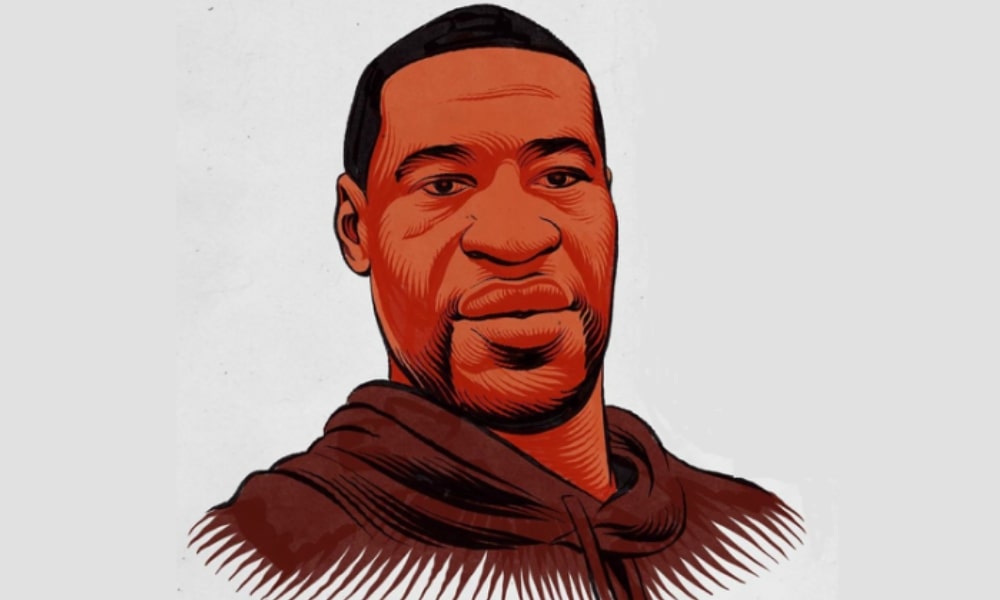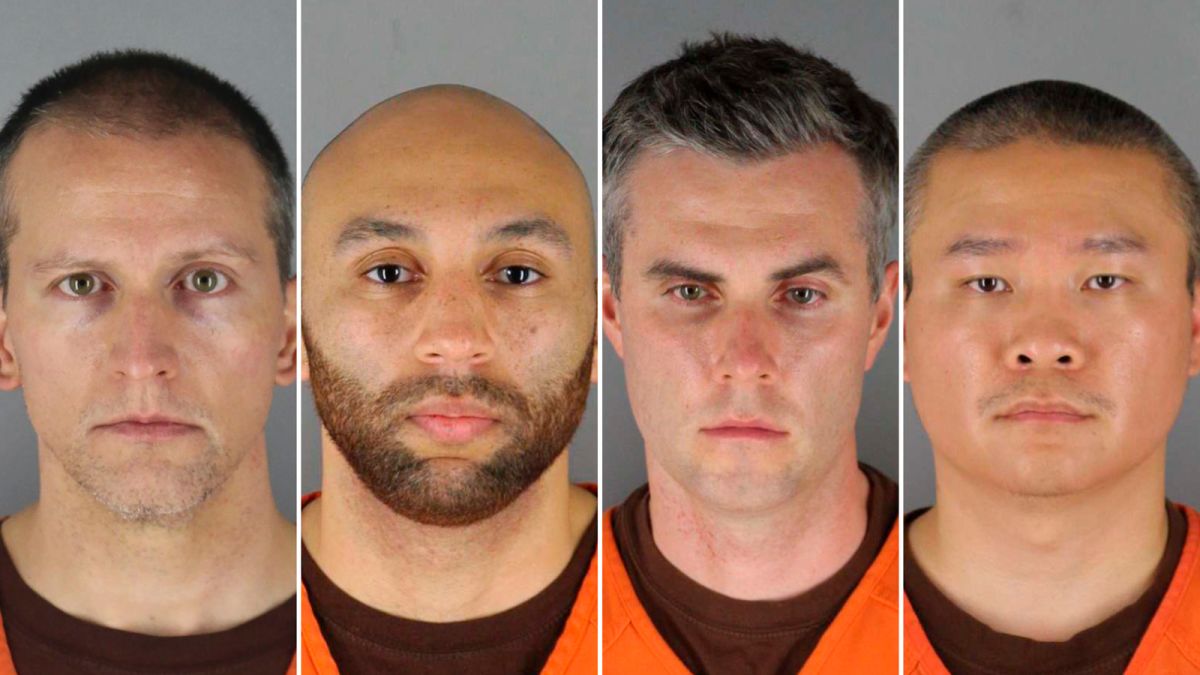
Let’s talk about “wokeness” and the bible. When the teacher of the law asks Jesus “who is (εστιν) my neighbor?” in the well known parable of the Good Samartian (Luke 10: 25-37), we could talk at length about the social/power dynamics, or religious and ethnic discrimination, but before we get to that, let’s look at the end. Jesus changes the question in typical Midrash style and asks the teacher, “Who became the neighbor?” He doesn’t use the same verb as the teacher (εστιν), but uses the much more active verb of being (γινομαι) (here in the perfect γεγονεναι).
This changes the understanding of the command to “love thy neighbor” away from the neighborliness of obligation that is either individualistic (Kantian/Lockean) or even one with the clear demarcation of society as in Hegel’s Sittlichkeit–which focuses ethics to be in primarily in a societal realm. By changing the question of “who is my neighbor,” which implies reciprocity and societal rules/order, to “who became the neighbor” Jesus is subverting societal expectation and the very concept of individual/personal “rights.”
Now going back to Jesus’s decision to make a Samaritan his primary hero, we can see that this no mere tokenism. It is integral to the broader point that Jesus is making to the Jewish teacher of the law that the one who becomes the neighbor be a Samaritan. I’m sure you are aware of the racial implications of the “good Samaritan.” The Cottonpatch version did a good job communicating this to white Southerners in the 1960s by changing the story to the parable of the “Good Negro” (not so subtly calling out their racism). What is less well known, is the religious minority status Samaritans held among Jews. Samaritans were descendants of Northern tribes of Israel who were left by the Assyrians as too old/weak/poor to bother with and who married/had children with others from the Assryian empire.
They had already changed the worship of YHWH (see John 4) and altered it further by blending together their ancient Yahwehism with other Ancient Near East cultures. Thus Samaritan religion had some similarities with Jewish religion, but was not “pure.” They used similar terminology, claimed to worship the same God, but most Jewish people did not think that was true. A near contemporary parallel to the Jewish relationship religiously with the Samaritans for the Modern American/Western European would be a Christian in relation to a practitioner of Islam (a Muslim).
So, going back to the question Jesus asks at the end of the parable, before Jesus tells the teacher to emulate the ethnic and religious minority, how do we set that in our contemporary context? There is a subtle draw to adopt a modernist ethics pervasive in the Church today. While we are told to beware the dangers of “postmodernism,” ethically, philosophically, and theologically, the real danger to the Christian message as presented in the bible and throughout most of its history is found in modernism.
Modernist Ethics seeks to ground the authority for ethics in reason alone. It acts in terms of clear cut rules for what is and is not acceptable and believes these are arrived at through universal reason. It may vest that authority in something else, like the bible. It justifies doing so because that authoritative text is proven trustworthy. So a modernist Christian will accept the bible is the source for ethics because it is true. It is true because it is verified as such from the experiences of many, coherence to historical fact, scientific truths, etc.
This is behind the obsession with proving a Young Earth Creationist view of the world, insisting that Jonah was swallowed by a fish, not a whale, or that the Mustard seed is in fact the smallest seed. These types of concerns are modernist ones that fail to grasp history or differences of language in translation (especially of ancient texts). The bible, for its part, is not concerned with these modernist notions. That’s not to say modernism is always bad, just foreign to the world and concerns of the Bible. So we should not necessarily be surprised when the biblical worldview is conflict with the modernist one. Nor should we try quite to hard to conform the Bible to our Modernist sensibilities.
The fear of “woke-ism,” too, is a modernist one. It is a fear that we cannot readily identify the boundaries of which group is where. Critical Theories (CT) like Critical Race Theory (CRT) are extensions out of modernism, but are not bound within modernism. Integral to CT and cRT work is challenging the prevailing narrative as (for instance with CRT) too white-centric or too male dominant, etc. CRT challenges the modern categories of race as artificial, and demands we listen to the story of others and take them at face value, at least initially, prior to making judgment.
CTs are not completely anti-modern, though, as they tend to back up claims with a methodology that incorporates hard data and statistics, often focused on economic realities, but other metrics as well. Still, they challenge the idea that everyone fits into neat boxes.This is especially true when one begins to discuss Intersectionality or “Identity politics.” It subverts the clear cut narratives. On the one hand, the fear is understandable. If I can’t clearly define exactly what the rules are, I might unintentionally break them.
The reality is much more complicated, though. There are no rules, at least not ones with clear cut boundaries as in modernist ethics (like you get with Kant and Hegel). This is uncomfortable. Returning to the parable of the good Samaritan, then, we see this play out. Jesus asks the teacher of the law “who became the neighbor?” This implies first, that while each act and incidence might be self-contained, “neighbor-ness” is not a permanent status, but a goal to be striven after, over and over again.
Second, the boundary for who this includes is beyond the scope of what we would normally consider. By all accounts, the Levite, the priest, the other characters were the neighbor, but they did not *become* the neighbor. Only the Samaritan did. So the question this poses to us, then, is not “what are my (ethical) obligations?” But rather, “how can I demonstrate love, kindness, neighborliness today?” By making the conversation about maintaining the societal order and status quo, questioning the notion of “wokeness” as valid, opponents to CRT in the Church excuse themselves from asking the second and more difficult question. They excuse themselves from hearing, listening, or seeing the “other,” from seeing the one who “fell among bandits,” from understanding their own relationship to a society that creates bandits in the first place, or allows others to fall victim.
An obsession with dismissing “wokeness” makes for an easy life that is not concerned with loving the down-trodden, but instead with excusing one’s actions and justifying oneself. The dismissal of the work as “wokeness” accepts the goodness of the kingdoms “of this world” to the neglect of the Kingdom not “of this world” (εκ του κοσμου).






 approaching the car, Lane immediately points his gun at Floyd who puts his hands on the steering wheel. He is asked to get out of the car and he complies and, after being handcuffed behind his back, at their direction, sits on the ground. He is described, and seen in video, as calm.
approaching the car, Lane immediately points his gun at Floyd who puts his hands on the steering wheel. He is asked to get out of the car and he complies and, after being handcuffed behind his back, at their direction, sits on the ground. He is described, and seen in video, as calm. cannot find one.
cannot find one. police use a battering ram to break open the door, at which point Walker, who is a registered and licensed gun owner, and who had awakened to unidentified intruder’s breaking into the apartment after midnight, grabs his registered weapon and fires a single shot, that hits an one police officer in the thigh. Police return fire in what is described as “a hail of bullets” leaving Breonna Taylor dead, having been shot multiple times (“at least 8 times”), despite being completely unarmed and not even affiliated with the drug ring police were attempting to find. The apartment next door, where a pregnant mother with her 5 year old were, had multiple bullet fragments as did the upstairs apartment.
police use a battering ram to break open the door, at which point Walker, who is a registered and licensed gun owner, and who had awakened to unidentified intruder’s breaking into the apartment after midnight, grabs his registered weapon and fires a single shot, that hits an one police officer in the thigh. Police return fire in what is described as “a hail of bullets” leaving Breonna Taylor dead, having been shot multiple times (“at least 8 times”), despite being completely unarmed and not even affiliated with the drug ring police were attempting to find. The apartment next door, where a pregnant mother with her 5 year old were, had multiple bullet fragments as did the upstairs apartment. Probably because the aforementioned consistency can be so boring, runners on the whole tend to be curious. Most of us don’t like to run the same loop 20 times, every day, without change. So we will explore new routes. We’ll run through somewhat familiar territory, make little changes along the way. If we see something new or different, that curiosity takes over and we’ll often go an examine it.
Probably because the aforementioned consistency can be so boring, runners on the whole tend to be curious. Most of us don’t like to run the same loop 20 times, every day, without change. So we will explore new routes. We’ll run through somewhat familiar territory, make little changes along the way. If we see something new or different, that curiosity takes over and we’ll often go an examine it.







